Design Thinking Projects
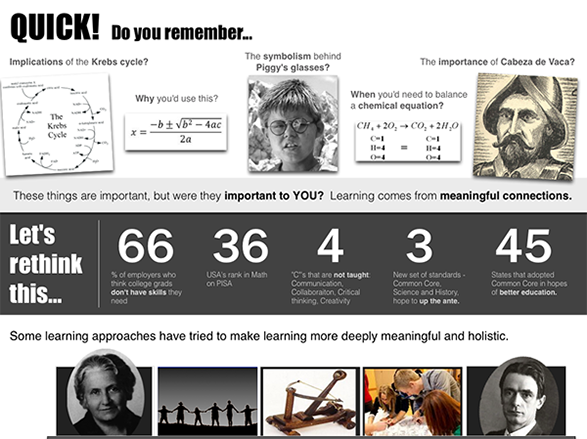
I worked on 2.5 design thinking projects at Pearson.
- Year: 2013
- Role: Design Strategist
- Activities:
• Lit reviews
• Visual communications
• In-depth Field research
• Idea synthesis
• Product design
• Communication website design/dev
• Presentations
To determine how students study and how teachers plan. We sought to offer solutions that address their pain points.
SOLUTION
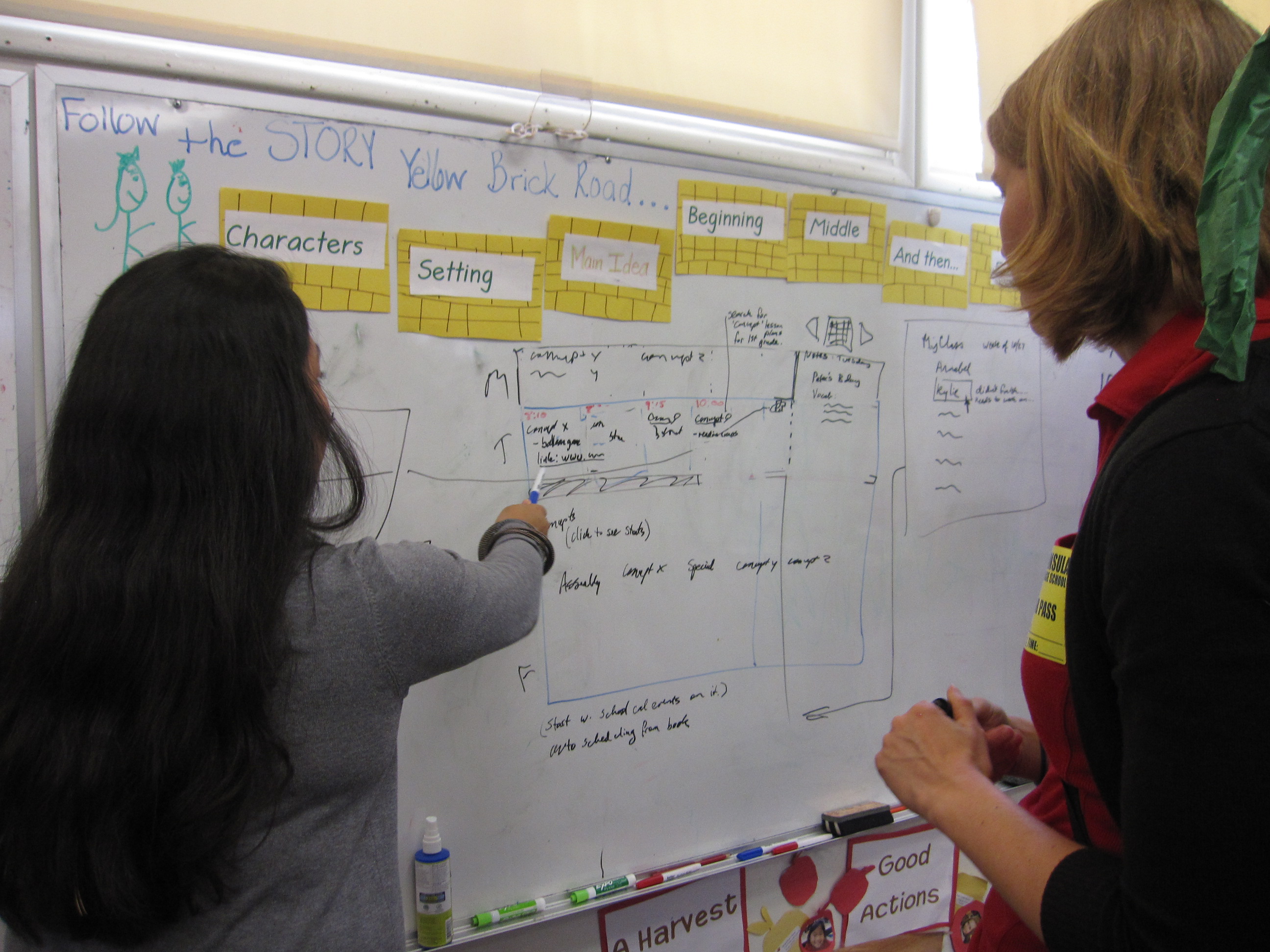
Field Research
To deeply understand users’ frustrations, projects involved a variety of field research methods. We used contextual interviews, light ethnography, user intercepts, a log study, a focus group, and standard interviews.
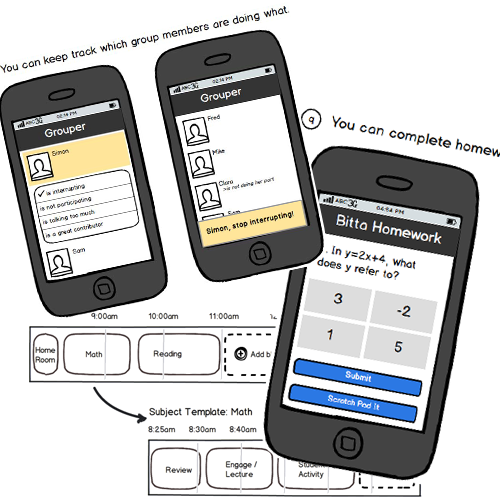
Sacrificial Concepts
Before going into the field, my colleague came up with as many ideas as we could of what we thought users might like. I mocked up low fidelity sketches of the ideas, and we showed the ideas to users as they became relevant, to help progress conversations.
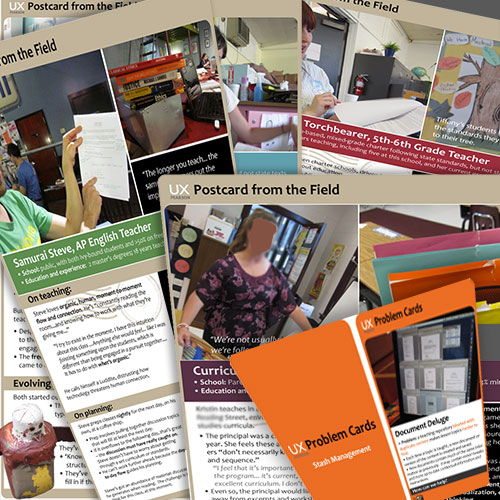
User Cards and Problems Cards
To help communicate what we found in the field to our work colleagues, we created “user baseball cards” and summed up a few problems in Problem Cards.
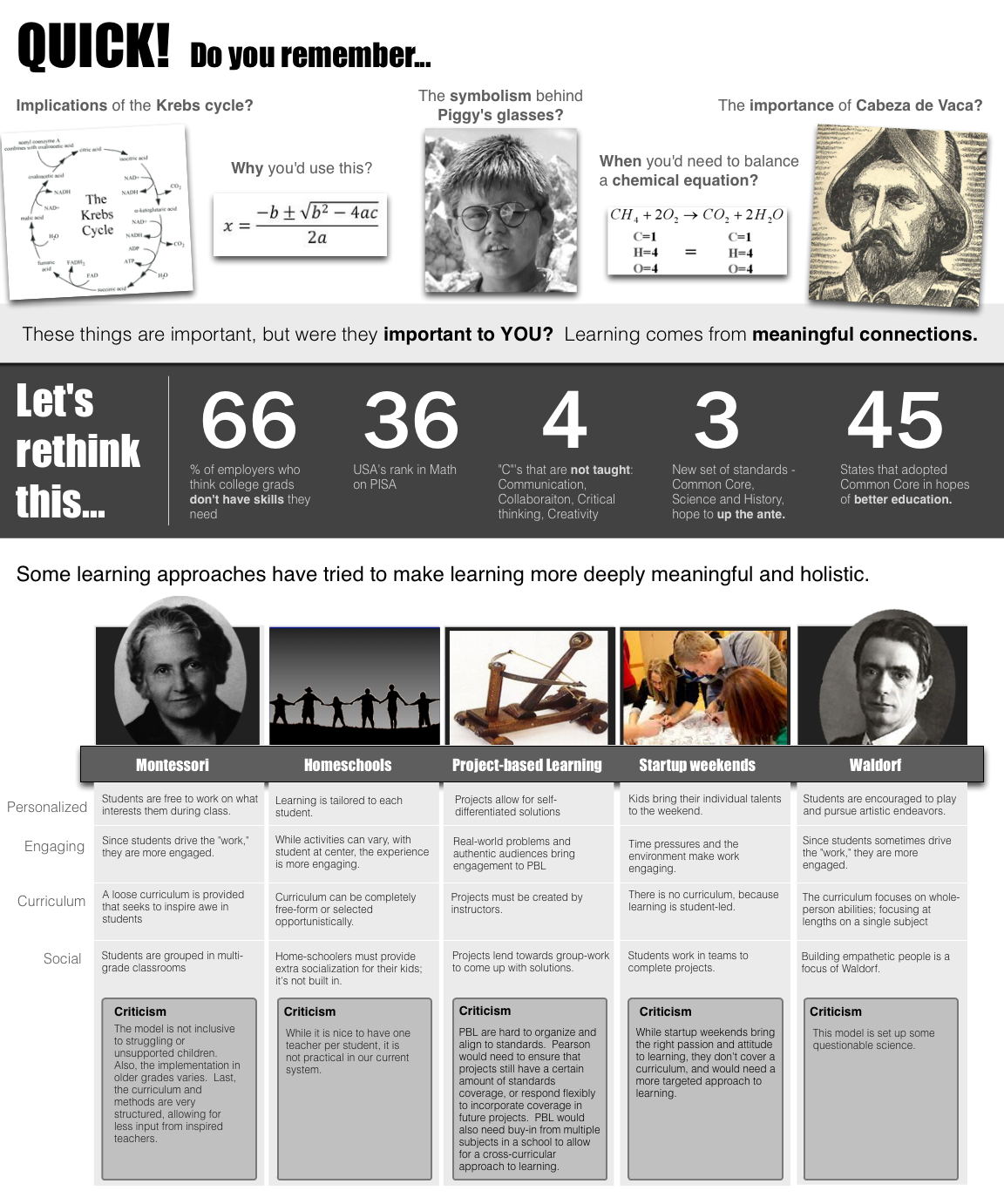
Literature Reviews
I conducted much of the literature reviews on relevant related topics, and conveyed my findings through presentations, visual communication pieces (like the one here), and blog posts.
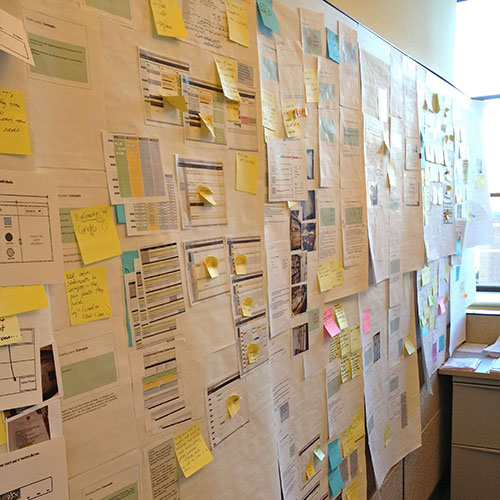
Theme Synthesis
I aided in the synthesis of ideas into themes for our design focus. We highlighted curious problems and questions we discovered, and crystallized these questions into distinct user needs to address through design solutions.
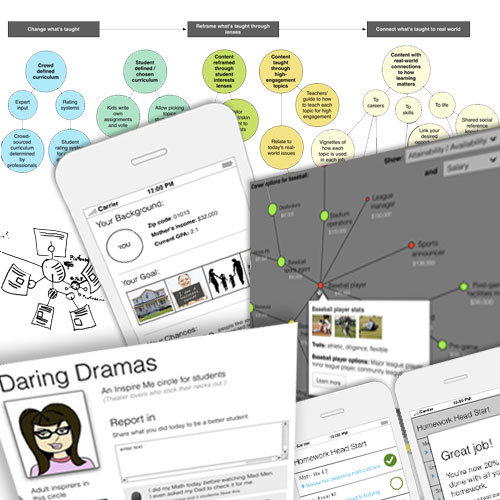
Iterative Design
Design solutions incorporated ideas from colleagues, users and the design thinking team. We conducted several brainstorming sessions to suss out solutions. As designs developed, we showed them to our users for feedback.
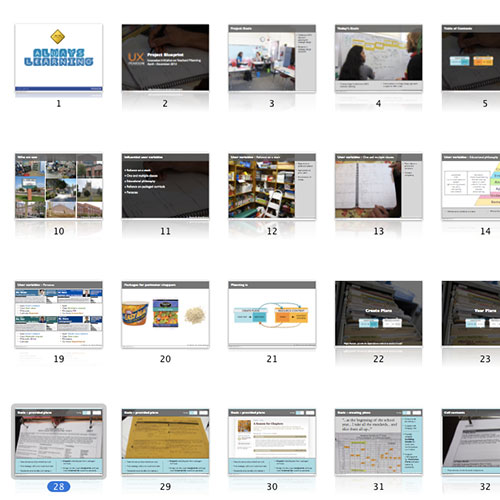
Communication
We presented our findings and design solutions to interested stakeholders. We also used websites, blogs, flyers, and an inclusive design process to involve stakeholders in our projects.